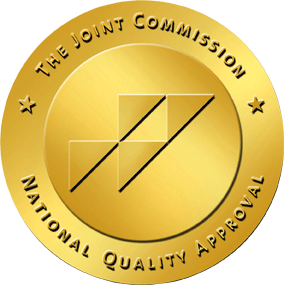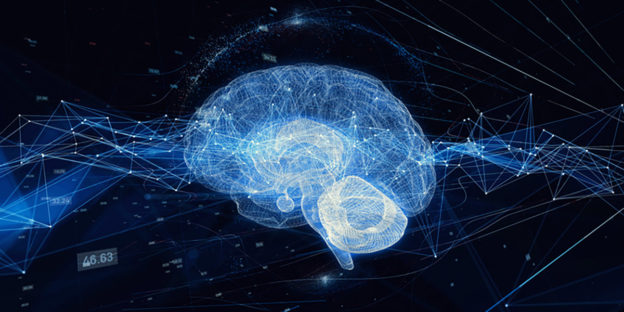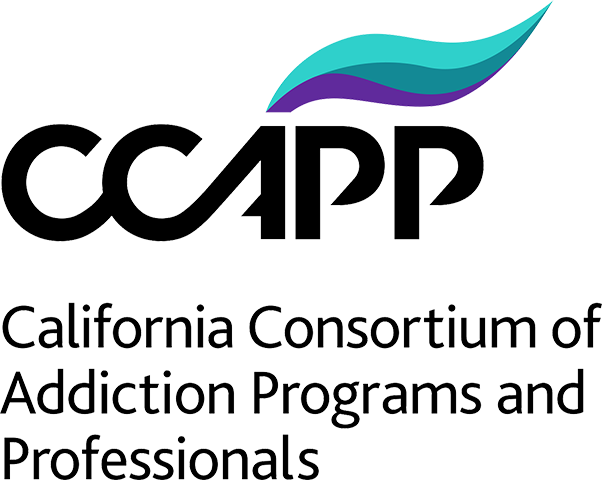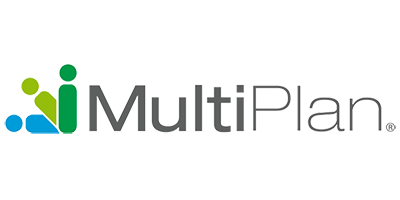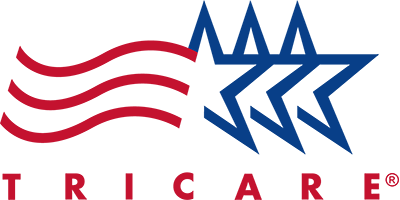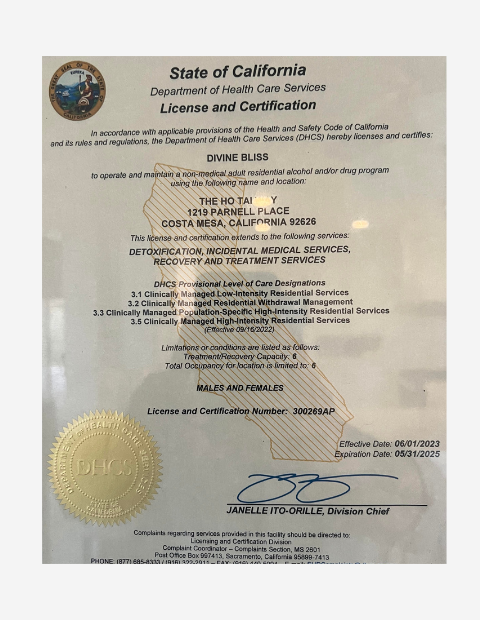The brain is a magnificent organ, able to perform an unimaginable number of activities in a short period of time. Over time, drugs and alcohol can alter how the brain functions, disrupting the brainwaves and leading to a host of health problems that affect both the body and the mind. In some cases, individuals who have a mental health condition, like bipolar depression or schizophrenia, need more in-depth forms of therapy than just counseling or rehabilitation programs. Neuro-feedback is a non-invasive therapy option that works well with patients who have received a dual diagnosis that includes both addiction and a mental health disorder.
What Is Neuro-feedback?
Neuro-feedback is a therapy technique that monitors brainwaves and, using a computer-based program, sends feedback in real-time to re-adjust or re-train them so they maintain a more normal pattern. Both sounds and visual signals can be used to reorganize the brainwaves into a healthier pattern. Also known as EEG, or electroencephalogram, biofeedback, can regulate brain waves and improve how the brain functions. This process alleviates symptoms associated with both mental disorders and drug/alcohol addiction. (1)
One of the reasons neuro-feedback and other biofeedback therapies are so effective is that they use the body’s own rhythms to help re-establish a state of normalcy. By identifying the different types of brainwaves and comparing them to a normal range found in a healthy person, the therapist can create a baseline and begin to introduce various stimuli that will help to establish normal brainwave patterns. By re-establishing a normal pattern, the risk of a relapse is dramatically reduced resulting in longer periods of sobriety and better overall health.
How and Why Does Neuro-feedback Work?
As the brain functions, it produces various types of “waves” There are five unique brain waves that allow the brain to function properly. They are theta, delta, gamma, beta, and alpha waves, with the alpha waves being the strongest. These waves can be measured by a machine known as an electroencephalograph or an EEG machine. While every person is different, each of the five brainwaves modulates to a specific frequency.
Neuro-feedback works because once the machine detects an abnormality in any of the five types of brainwaves, the practitioner can then use specific sounds or visual images to help bring the brainwaves back into their normal range. This can reduce or even eliminate various behaviors or reactions that a person may have to drugs, alcohol, or other stimuli. It basically restores the brainwaves back to their natural pattern. (2)
How Does Neuro-feedback Help With Drug and Alcohol Addiction?
Your brain acts just like a finely tuned machine. If you provide it with the right amount of oxygen, nutrients, and stimuli, it will remain in balance and work to keep the entire body healthy and free of disease. When alcohol or drugs are introduced, each one will affect the brain differently. Throwing it off balance and causing it to function inappropriately. This results in confusion, emotional outbursts, and dramatic behavioral changes that can eventually begin to affect the physical body.
Brain Mapping and Correcting the Altered Pathways
If you picture a healthy brain as a map with well-defined pathways, you can then imagine a brain that has been affected by drugs being a jumble of damaged pathways with potholes, detours, and areas where parts of the road are missing altogether. Brain Mapping helps to guide the process. With neuro-feedback therapy, it’s almost like a construction crew is sent in to help rebuild those pathways, correcting the damage and making them functional once again. The longer a person has had an active addiction, the longer it will take for the pathways to be re-established.
Re-Establishing a State of Balance
One of the problems with addiction is that once the normal pathways start to go haywire, it can be more difficult to bring them back into a state of balance. If the person has an established diagnose of mental illness like depression, it can be extremely difficult to determine what a normal pattern is. The therapist will have to try multiple avenues to establish what a person’s normal pattern is. This type of “brain-mapping” takes time and some concerted effort on behalf of both the therapist and the person being treated.
Statistics and Analysis
One study that evaluated individuals who were diagnosed with a dependency on alcohol were put through Alpha-Theta training. According to the results, in addition to not feeling the urge to drink, participants also experienced normalized personality traits, increased prevention in terms of relapsing, and a dramatic increase in both alpha and theta brainwaves. (3)
In 2005, a study was performed in California at UCLA that eventually determined the appropriate use of neuro-feedback can dramatically improve a person’s overall rate of abstinence. While it’s true that individuals with addictive behaviors may have a harder time, the use of neuro-feedback helps to re-establish those brainwaves much more quickly and actually works to prevent a relapse. (4)
Neuro-feedback has shown promise as an effective way to help individuals who suffer from addiction to alcohol and drugs find healthier ways to recover. For some, neuro-feedback may not be enough to keep them moving forward. They may need to try multiple therapies to determine which ones will work best and produce long-term results. When combined with counseling and other treatment methods, individuals can walk away from their vice of choice and continue walking their path to sobriety for several years to come. Call the staff of the Ho Tai Way today if you want to learn more about neuro-feedback and the benefits it offers.
